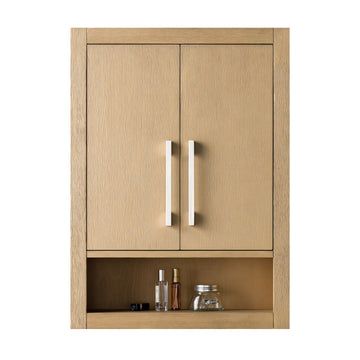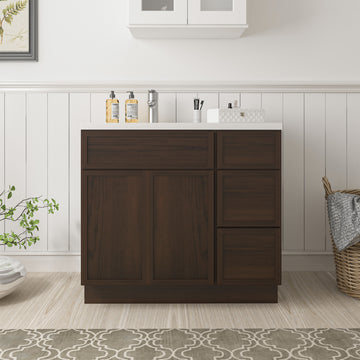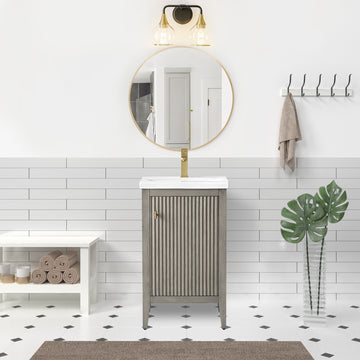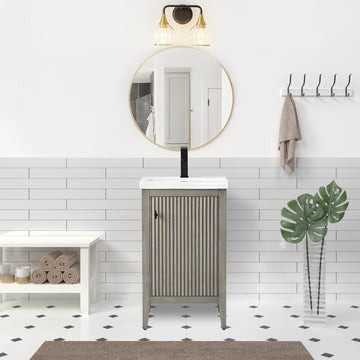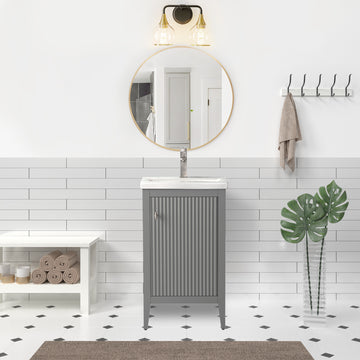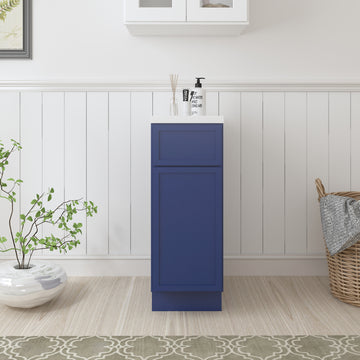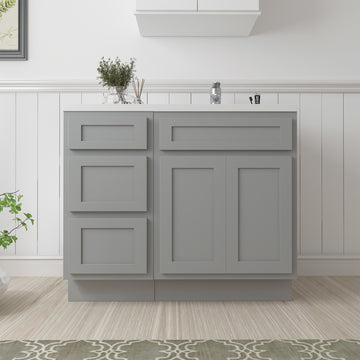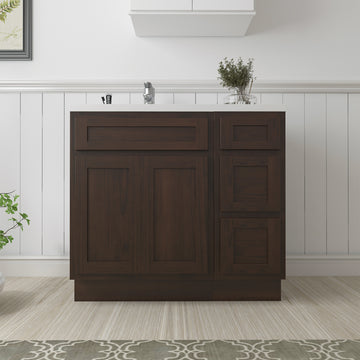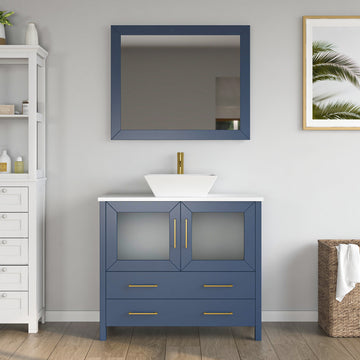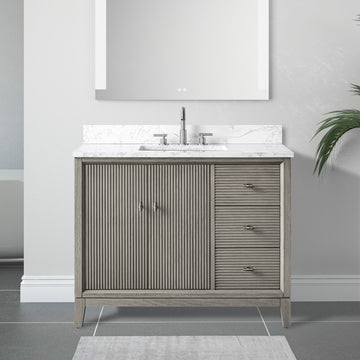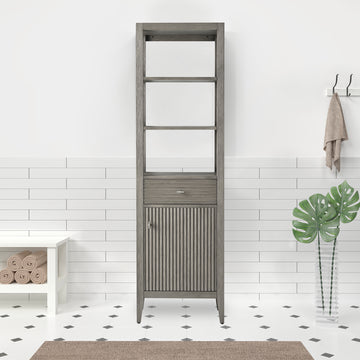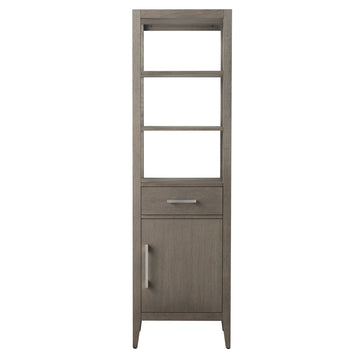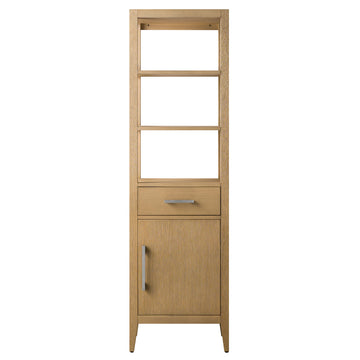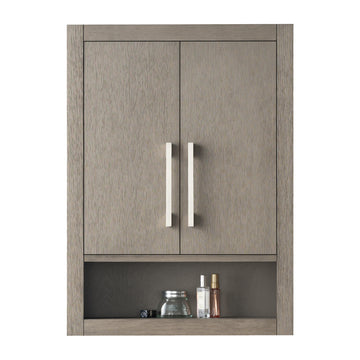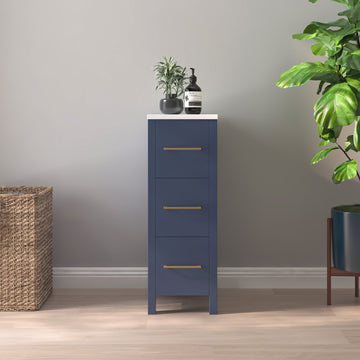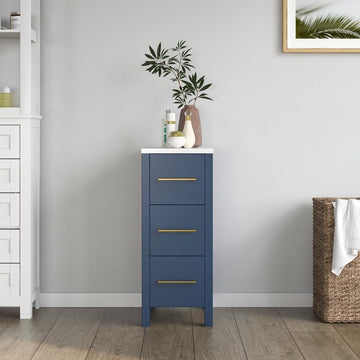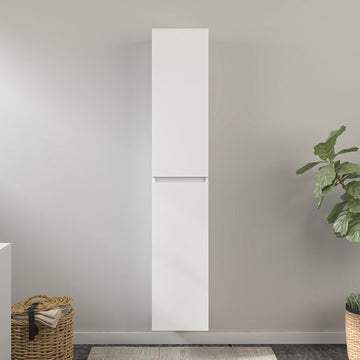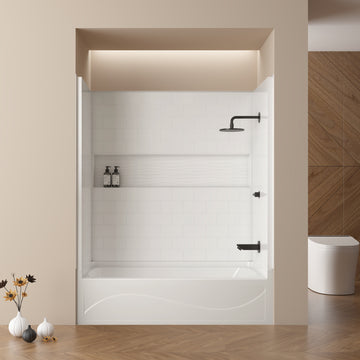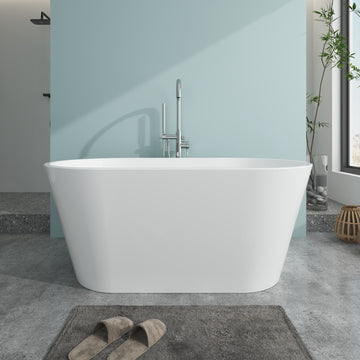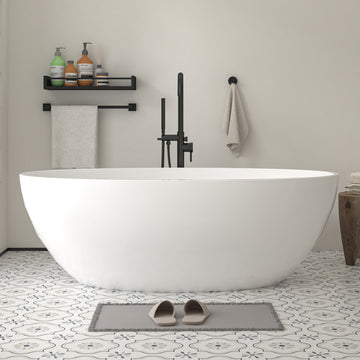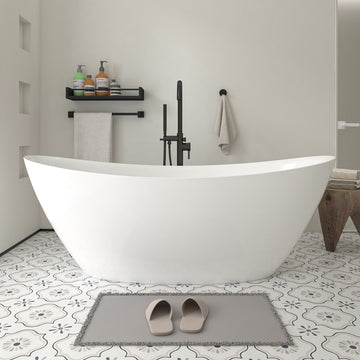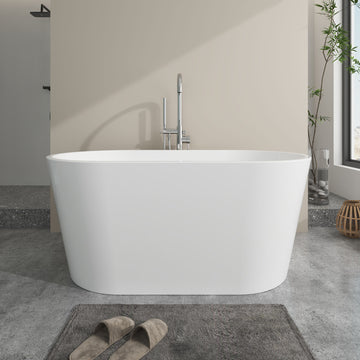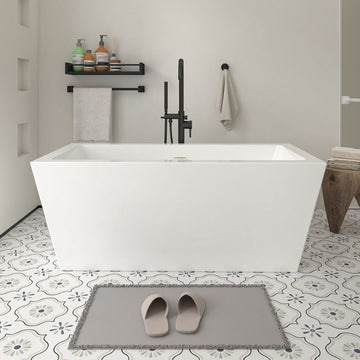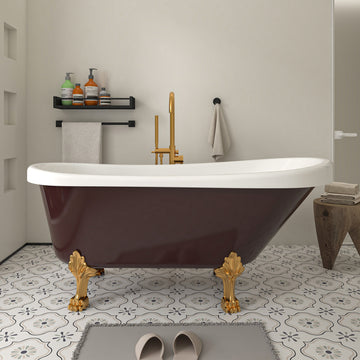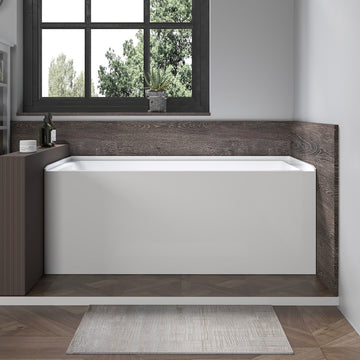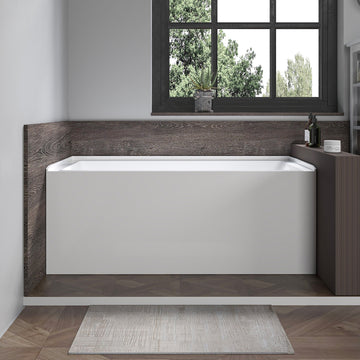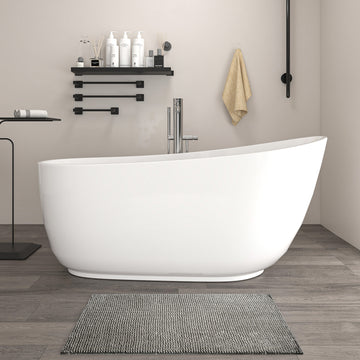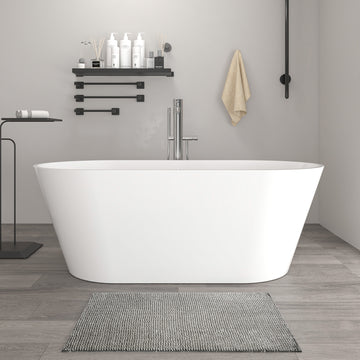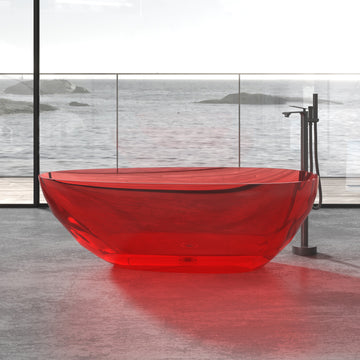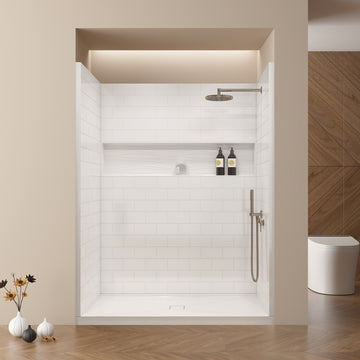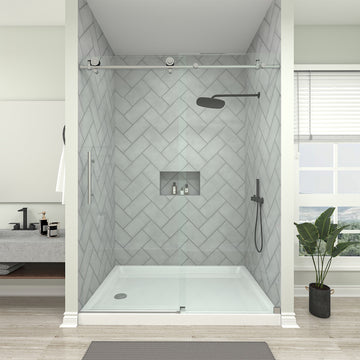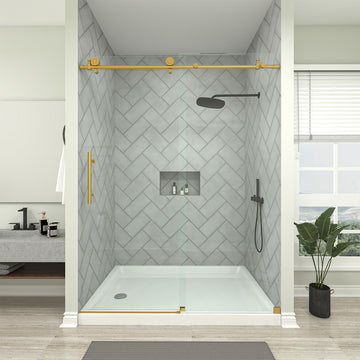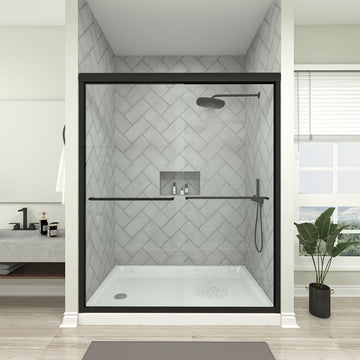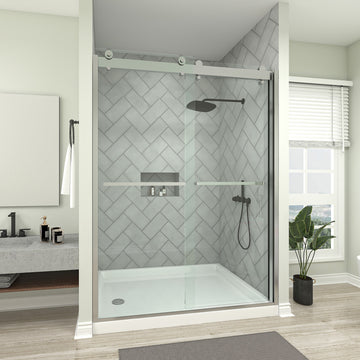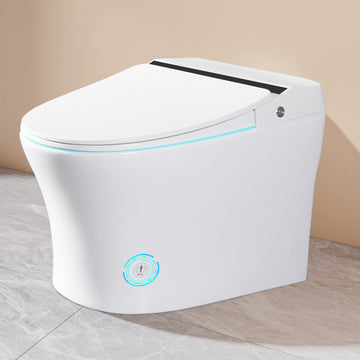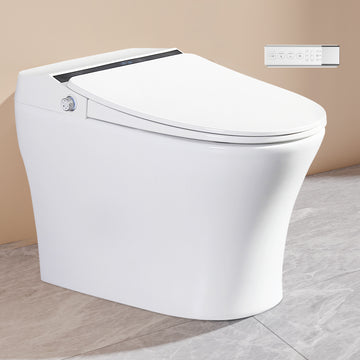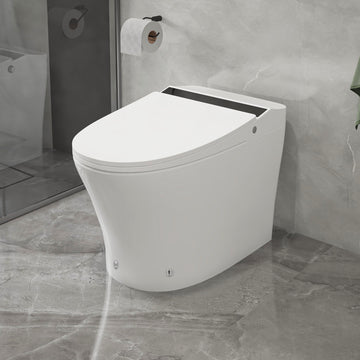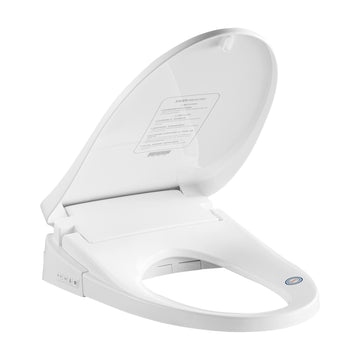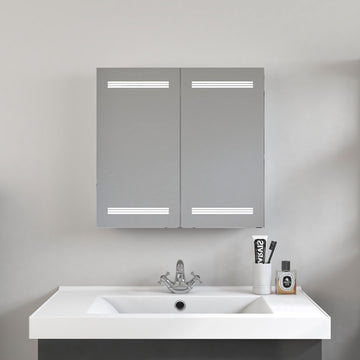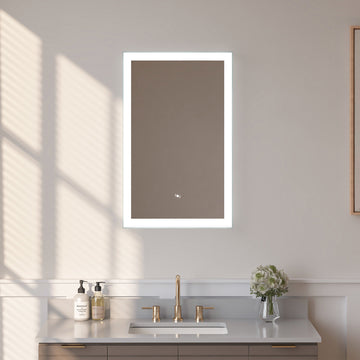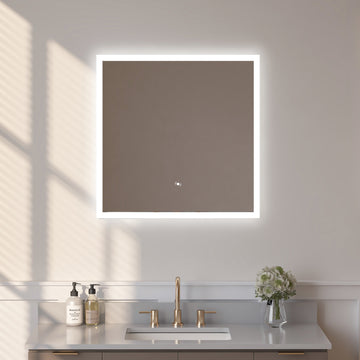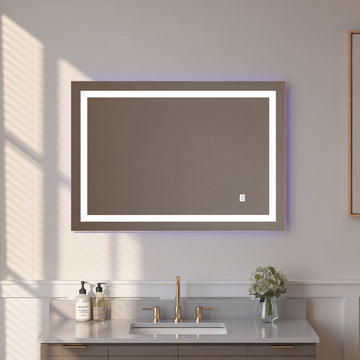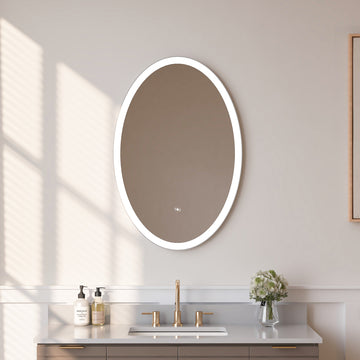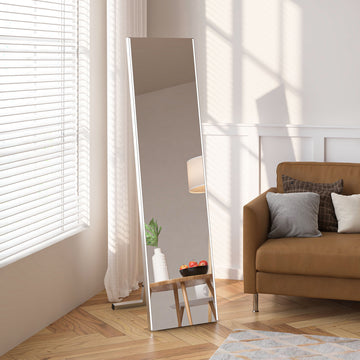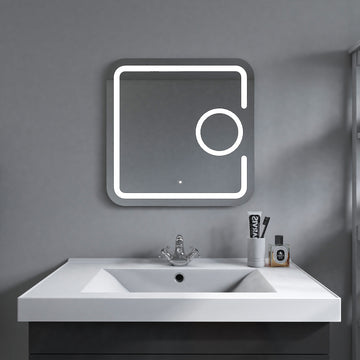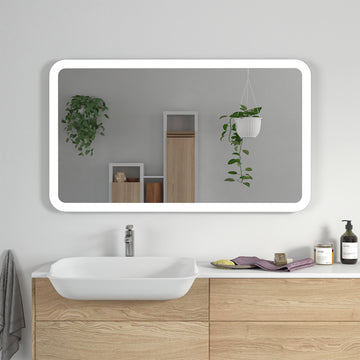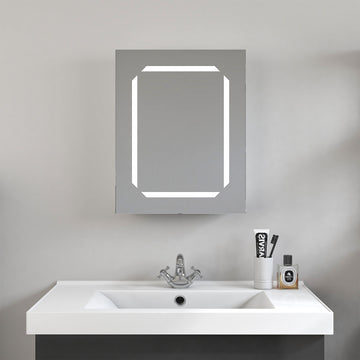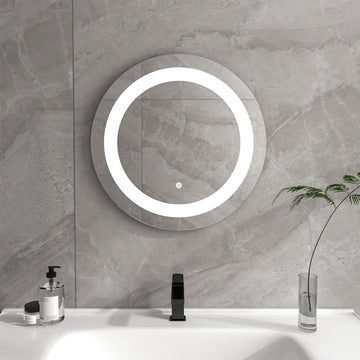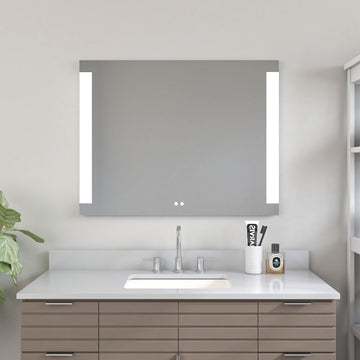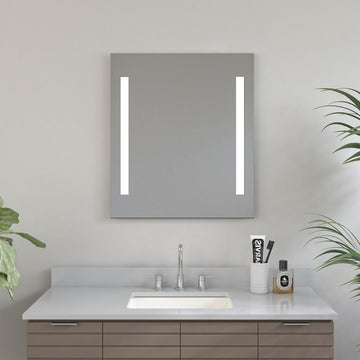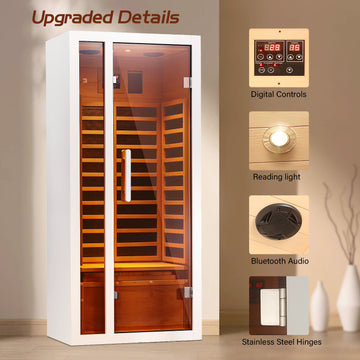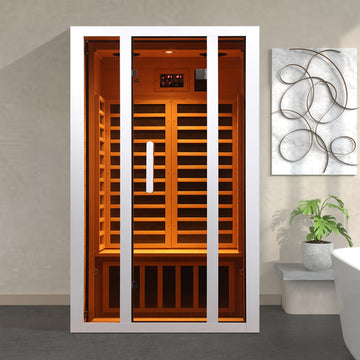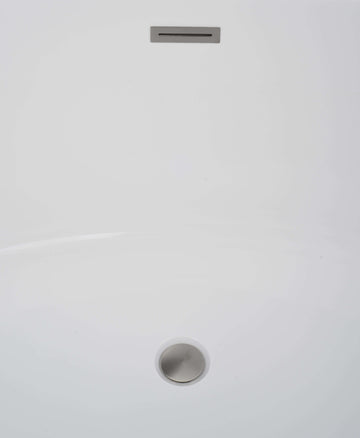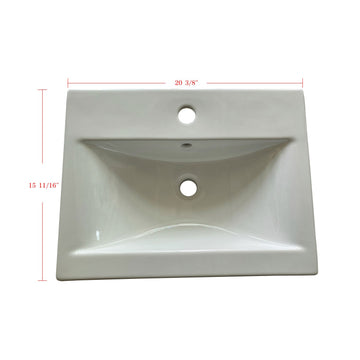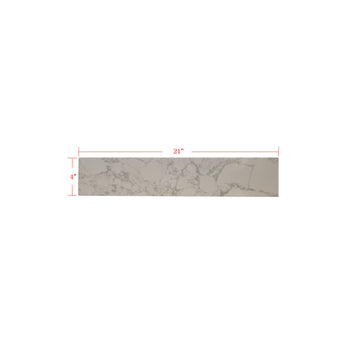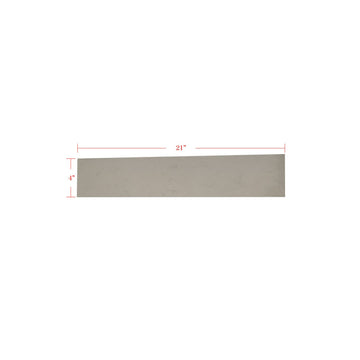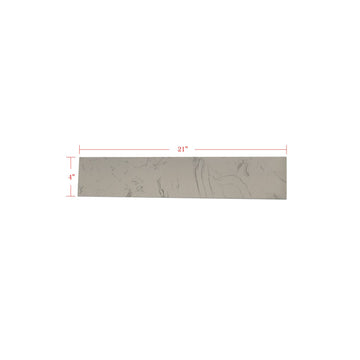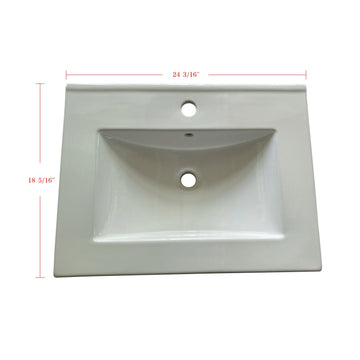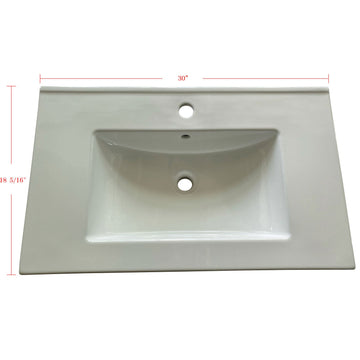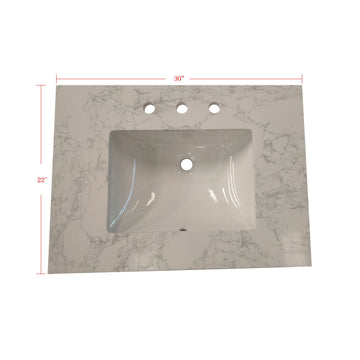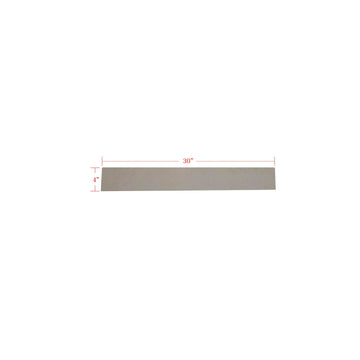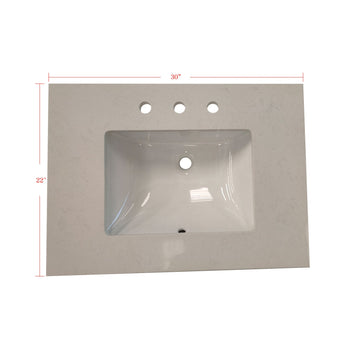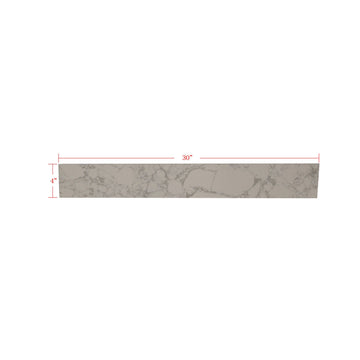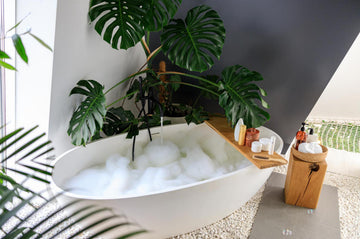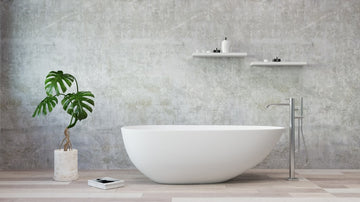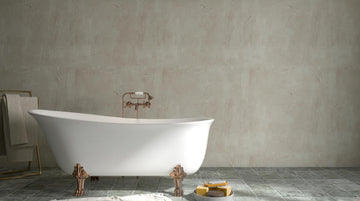A freestanding tub is the kind of tub that just stands, freely. Jokes aside, the term describes all bathtubs that are not built in and can be moved around easily. They are a fairly popular choice among modern bathrooms because of their flexibility and the various shapes they offer.
They’re not always the best fit for tight spaces, but in a room with enough square footage, they can really pull double duty. They are practical for everyday use, and a visual anchor that gives the whole bathroom a more open, luxurious feel.
What is a freestanding bathtub?
A freestanding bathtub is exactly what the name suggests: a bathtub that stands on its own without needing to be attached to a wall or built into a surround. It's finished on all sides, meaning it can be placed anywhere in the bathroom where plumbing allows. Center of the room, next to a window, or even slightly angled in a corner. These tubs don’t rely on built-in decks or alcoves for support, making them more flexible in layout and installation.
Some freestanding tubs sit flat on the floor; others rest on feet or a base. They come in a wide range of shapes. They can be oval, rectangular, slipper, or even sculptural modern forms. The key distinction is that they are designed to be visible and independent, not hidden or built into other structures. Whether made of acrylic, cast iron, stone resin, or other materials, a freestanding tub is meant to be self-contained and standalone.
Freestanding tub vs. built-in tubs
The most obvious contrast is installation. You don’t need to build a freestanding tub inside your bathroom, but you need a working drainage system going on. The water supply and drain must be accessible from the floor. And unlike alcove or corner tubs, there’s no enclosure to conceal the pipes. They are still far, far more flexible compared to built-in tubs, though.
Then there’s the matter of space. Freestanding tubs demand more square footage. Not just for the tub itself, but for clearance around it. If the space is too tight, the sculptural quality of the tub is diminished, and cleaning around it becomes inconvenient. Alcove and corner tubs, by design, maximize wall space and are more compact. Drop-in tubs, which are placed into a constructed deck, offer a middle ground, giving homeowners flexibility with sizing and surface finishes, but they don’t offer the same visual freedom as a tub placed completely on its own.
Functionally, freestanding tubs are made for soaking. Unlike alcove tubs, they typically don't come with shower walls or curtain rods, and unless paired with a floor-mounted or wall-mounted hand shower, they’re not well-suited for standing showers. That makes them a luxury pick for people who primarily bathe, rather than shower. The experience is immersive, relaxing, and often associated with spa-like routines. However, if practicality and dual-function use are top priorities, a built-in tub-shower combo may make more sense.
When it comes to materials, freestanding tubs are more often found in higher-end finishes: cast iron, stone resin, solid surface, or acrylic with elegant profiles. Built-in tubs tend to be lighter and more standardized in acrylic or fiberglass. This ties directly to price. Freestanding tubs tend to cost more not only in base price but also in installation and hardware requirements.
At our store, we carry a full range of freestanding bathtubs, from modern minimalist silhouettes in matte white to traditional clawfoot styles, along with corner tubs, alcove tubs, and other configurations. If you’re still deciding which type is best for your bathroom, see our full bathtub comparison guide or browse our full bathtub collection for ideas.
Freestanding tub features

Freestanding bathtubs are often associated with elegance and modern design, but their defining features go beyond appearances. These tubs differ not only in how they look, but also in how they function, how they’re maintained, and the kind of experience they offer. Understanding these properties can help you determine whether a freestanding tub actually suits your lifestyle and bathroom setup.
Design flexibility
The most immediate feature of a freestanding bathtub is that it can be placed nearly anywhere in the bathroom, as long as plumbing allows. You're not constrained by wall layouts or alcoves. You can center the tub under a skylight, place it near a window, or make it a sculptural centerpiece in a spacious master bath. This design freedom has contributed to the popularity of freestanding tubs in both contemporary and classic interiors.
They also come in more shapes than you might expect. From slipper tubs with a high-back recline, to oval minimalist basins, to clawfoot designs that evoke a vintage sensibility. If your bathroom has a strong design theme, there’s likely a freestanding tub that enhances it.
Material
Freestanding tubs can be made from a wide range of materials, and some are pretty expensive. Acrylic remains a common option because it's lightweight and holds heat relatively well. Also, you’ll also find models in cast iron, solid surface resin, stone, copper, and even concrete. Who doesn’t like more options? You’ll find almost every single material has a dedicated brand providing freestanding tubs made from it.
Comfort and depth
Freestanding tubs often offer deeper soaking depths than standard built-in tubs. This is a key reason why they’re favored for long, luxurious baths. Many models allow you to fully submerge your body in water, which is something standard alcove tubs rarely offer. Some freestanding tubs also include ergonomic contours or built-in lumbar support. Though these features are often subtler than in drop-in tubs, which can have molded seating.
Ease of cleaning and maintenance
On one hand, cleaning a freestanding tub is easier in the sense that you don’t have to deal with silicone caulking between tub and wall, or grime collecting in an alcove. On the other hand, cleaning around the outside of the tub, particularly the back side if it's placed near a wall, can be challenging if you don't have enough clearance.
From a material standpoint, acrylic and solid surface options are relatively low-maintenance. Metal finishes like copper or natural stone may require occasional polishing or sealing, depending on the manufacturer’s care recommendations.
Plumbing and faucet considerations
One of the more overlooked aspects of freestanding bathtubs is the faucet setup. Because there’s no deck or wall built into the tub, you’ll typically need a floor-mounted or wall-mounted tub filler. Floor-mounted options are elegant and sculptural but often come with higher installation costs and more exposure to wear and tear. Wall-mounted faucets can save space and simplify plumbing, but only work if your freestanding tub is positioned against a wall. Which partially defeats the freestanding aesthetic.
Additionally, drain access is less straightforward. Many freestanding tubs require below-floor access to install or maintain the drain, so you'll want to know whether your flooring allows for that.
Price
Freestanding tubs are almost always expensive. On average, they cost more than built-in tubs, not just in product price but also installation and hardware costs. That said, their visual impact and soaking comfort often justify the premium for homeowners focused on creating a standout bathroom.
Wrapping up
Freestanding bathtubs are surprisingly adaptable. Their sculptural presence can anchor a space. Installation, plumbing, and the right mix of fixtures all play a role in finding a tub that works for both your style and your everyday needs.
If you’re reworking your bathroom or just looking for something that makes the space feel more open and thoughtfully put together, a freestanding tub is worth a closer look. Our collection includes everything from compact, clean-lined designs to deep soaking models, along with the accessories that tie it all together.
Whether you're modernizing a city apartment or bringing new life to an older home, there’s likely a freestanding tub that fits your space, both in feel and function.
FAQs
How do you install a freestanding tub drain?
Installing a freestanding tub drain requires planning and often below-floor access. The process typically involves connecting a freestanding waste-and-overflow kit to the tub, aligning it precisely over a rough-in drain in the floor, and sealing the components to prevent leaks. Unlike built-in tubs, freestanding tubs rarely have an access panel, so all connections must be made before the tub is lowered into place. If your bathroom has a slab foundation or finished flooring that limits access, it’s highly recommended to consult a plumber or contractor to avoid costly errors.
Do freestanding bathtubs need to be secured to the floor?

In most cases, freestanding tubs do not need to be bolted down. Their weight keeps them stable. However, depending on the material (especially lighter acrylic tubs), some models include mounting brackets or anti-tip kits for added stability. It's best to follow the manufacturer's instructions, especially if the tub will be installed in a high-traffic household or if the floor isn’t perfectly level.
What accessories should I consider for a freestanding bathtub?
Several accessories can enhance the function and aesthetics of a freestanding tub:
-
Freestanding tub filler (faucet): Often floor-mounted, these are essential for water delivery. Look for models with hand showers for added versatility.
-
Bathtub caddy or tray: Great for holding a book, drink, or soap without cluttering the tub rim.
-
Bath pillows or neck rests: These improve comfort during long soaks, especially in tubs with minimal ergonomic shaping.
-
Overflow covers or drain stoppers: Many freestanding tubs allow customization of visible hardware in different finishes.
-
Surrounding towel ladders, stools, or side tables: Since there’s no deck for storage, these accessories can keep essentials nearby.
Can I add jets to a freestanding bathtub?
Some freestanding tubs come with built-in air or water jets, but most do not. Because freestanding designs often emphasize minimalism and clean lines, whirlpool features are more commonly found in drop-in or alcove tubs. However, you can find select models, usually acrylic that offer integrated jet systems. Keep in mind this requires electrical access and will increase installation complexity.
What is the average depth of a freestanding bathtub?
Most freestanding tubs have an interior depth of 15 to 24 inches from the bottom to the overflow. This allows for a deeper soak than standard alcove tubs. However, if full-body immersion is important to you, check the soaking depth (measured from the bottom to the overflow drain) rather than the overall tub height.
Are freestanding tubs good for small bathrooms?
Not always. Freestanding tubs require space not just for the tub itself but also around it. Both for visual balance and for cleaning access. If you're working with a smaller layout, consider a compact freestanding model (typically 55–60 inches long) or a back-to-wall freestanding tub, which combines the look of a freestanding design with more efficient use of space.

